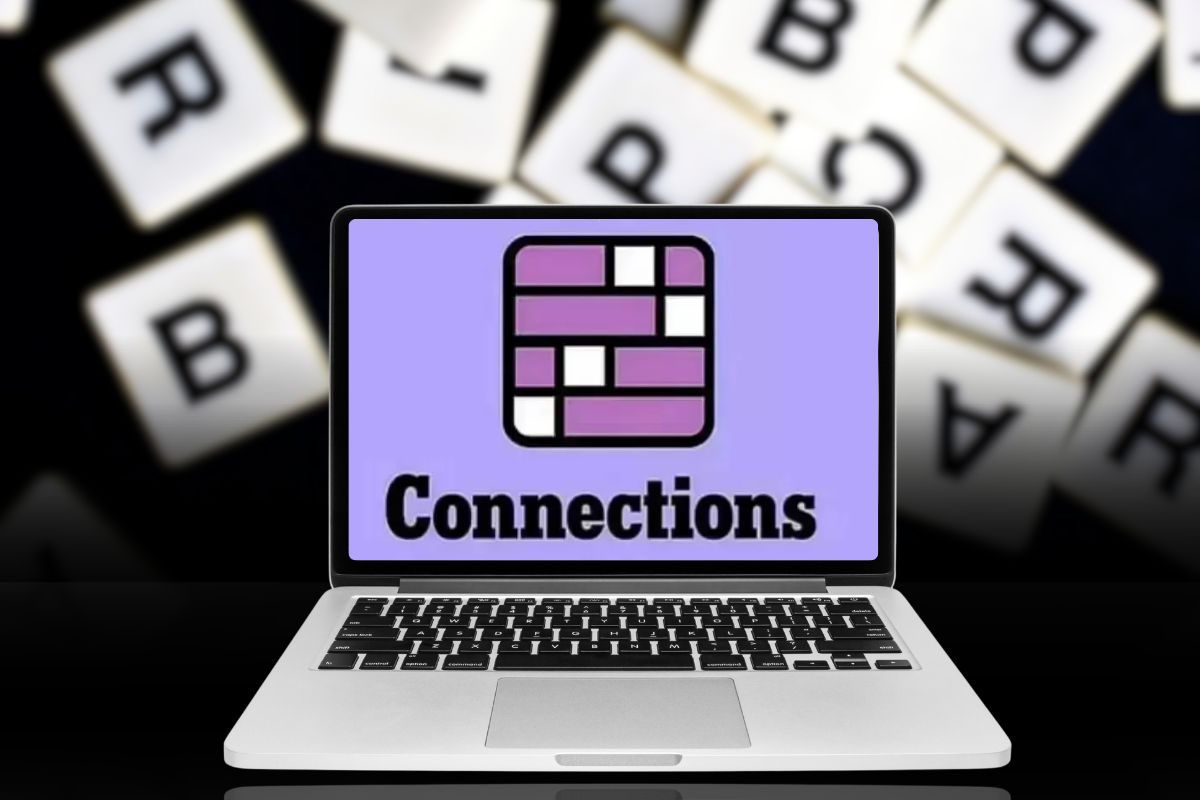NYT Connections Hints – A Fun Guide to Solving Today’s Puzzle

If you like word puzzles, chances are you’ve been playing the New York Times Connections game, increasingly, every day. Featuring 16 words to sort into four categories, it’s a refreshing and invigorating way to stay mentally sharp, boost your command of words, and have a little fun doing it. That said, latching onto which words go as one can be somewhat challenging at times, leaving even the most seasoned puzzlers in the dust.
If you’re having trouble with the puzzle today, don’t sweat it. This guide about NYT Connections Hints will take you through some common sense, ‘tips and tricks’ to help turn you into a Connections master. Whether you’re new to the game or have been playing for some time, this advice should push you over the edge in solving the puzzle.
1. Begin with the Obvious Groups: Seek Obvious Connections
The best strategy to kick off the Connections puzzle is to first find some words that relate easily to one another. Generally, some groups are very clear immediately. Think about broad categories, such as months, animals, or food types. For example, if you find “cat,” “dog,” “rabbit,” and “horse,” all animals. If you found “January,” “March,” “October,” and “April,” they are all months of the year. This is the low-hanging fruit – the easy connections that will give you a base for the puzzle. Once you have made a few easy groupings, you can hone in on the harder groupings.
2. Use the Colours for Help: Let the Difficulty Guide You
Use the Colors for Help: Allow the Difficulty to Guide you. The colour coding in the puzzle is also really useful if you’re staring at the puzzle wondering, where do I start with this? The words are colour-coded to show how difficult each connection is:
- Yellow (Easiest): Generally, these are the words that have the easiest connections. You may want to focus on these right away when first viewing the puzzle. You’ll get some momentum off these.
- Green (Medium): These words are a bit trickier and require more thought. Once you’ve tackled the easier groups, move on to these.
- Blue (Harder): Blue words have a more difficult grouping, but once you’ve sorted through the easier connections, the blue words should flow.
- Purple (Most Challenging): These words are very difficult. Don’t give up! These words will take a little more brain power and time, but with work, you’ll figure them out too.
3. Search for General Themes: Think Big
Sometimes the words of the puzzle may not appear to go together by eye, and their link may be from a more general category. If you get stuck, stand back and consider more general categories. One possibility may be seeing some words like “cat,” “dog,” “fish,” and “hamster” – all types of pets. Or perhaps you see words such as “computer,” “laptop,” “tablet,” and “smartphone” – all technology. By looking outward at the puzzle, you will see that many words can also fit general, large categories. If you can see these themes, it will help greatly with grouping the connected words.
Why is NYT Connections so Popular?
NYT Connections combines the fun of wordplay with the thrill of pattern discovery and logic. Its daily frequency and rising difficulty keep you returning every day, and the social share feature enables you to compare scores with friends-fostering friendly competition and camaraderie.
The game also appeals to a broad cross-section of players:
- Casuals enjoy the quick, straightforward challenge.
- Word nerds delight in the clever categories and snarky wordplay.
- Puzzle enthusiasts appreciate the inference and reasoning behind.
Elimination: Reduce Your Choices
When in doubt about where a word goes, don’t be afraid to eliminate. Believe it or not, sometimes the best way to work through a puzzle is to mark out the words that absolutely don’t belong in a certain group and then start eliminating options. Once you start eliminating options, it doesn’t feel so overwhelming to come back to the remaining groups. For example, if you’re indecisive about a certain word, try putting it in different categories to see if it might fit. If it doesn’t make sense in that group, move it to a completely different group. As you eliminate options, relationships will start to form.
Consider Synonyms and Antonyms: Think of Word Groupings
One excellent way to approach the Connections puzzle is by considering synonyms and antonyms. You could look at the words “fast,” “speedy,” “swift,” and “quick.” Both ways, they all tie back to speed or quickness. The same goes for words like “shut”, “quiet”, “mute”, and “silent” as these also bring a grouping based on quietness or silence. Other times, maybe opposite meaning words such as “hot” and “cold” will also show some links. Don’t hesitate to think outside the box and look for more abstract relations between the words.
Stay Calm and Don’t Rush
One of the hardest parts of playing the Connections puzzle is controlling your frustration. It can feel overwhelming when it seems like your words just don’t go together, but be sure to remind yourself that this is a puzzle! You can spend time making mistakes, and you can take your time. You can put the puzzle down for a few minutes and take a break to come back to it again. Almost every player will say that once they clear their minds, the new perspective will help them find their connections much quicker. Like anything else, practice makes perfect! As you play more and more, you will get better at finding patterns and grouping the words faster! Over time, your brain will start to develop connections faster, and you will become more effective at solving the puzzle.
Analyse the Leftover Words: What’s Missing?
Once you’ve sorted most of the words, examine the leftover words. Often this is where you’ll have a final “aha”. By this point, you should have a fairly good idea of the categories the leftover words are in. It’s also a good idea to play around with different combinations for the leftover words to see what “fits”.In some cases, the most challenging connections are yours to sort out last, but don’t lose faith. The satisfaction of the final words will amplify the puzzle, once everything else falls into place.
Conclusion: Enjoy the Puzzle and Have Fun!
The New York Times Connections puzzle is a fun and satisfying experience that allows you to test your own pattern recognition and critical thinking abilities! NYT Connections Hints will greatly help you through. By starting with the easier connections, referencing the colour-coding and continuing to practice, you will gain confidence to solve the Connections puzzle in no time. Whether you are new or experienced at melody puzzles, remember that as long as there is patience on your part, creativity and some continual practice, you will only improve at solving the puzzles. Very quickly, you will be utilising your problem-solving skills to complete the tricky Connections puzzles like a true professional. Happy Puzzling!






